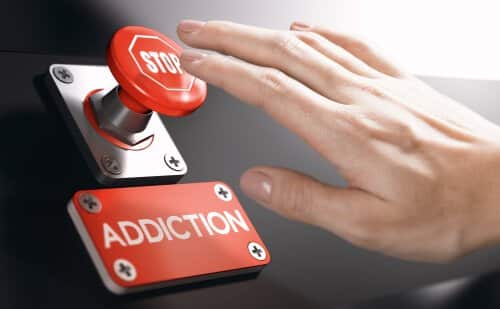Probuphine – formidable hurdles will severely limit adoption
The battle of treating those living with the disease of addiction is ongoing and ever – challenging.
New treatments and medications are continually being developed, tested and introduced.
One of the newer medications on the market, introduced in 2016, is Probuphine. This drug is unique in its approach as it a buprenorphine implant.
Buprenorphine that sells under the brand names of Suboxone, ZubSolv and Subutex is highly effective in treating withdrawal symptoms and cravings associated with opiate abuse.
It inserted into the upper arm and it slowly releases the medication over a six-month period.
It is the first implant of buprenorphine that helps patients in treatment for addiction to opiates such as heroin, fentanyl, and opioid pain killers. Like all other medications, there are positives and negatives.
Pros and Cons
Pros
With an implant in place, compliance with daily medication regimen becomes easy as the patient does not have to remember to take it every day. Also, the chances of misplacing the medication or having it stolen is eliminated.
It is helpful in lowering the risk of relapse as the medication is systematically introduced into the body without any intervention by the patient. It is released at a steady rate, so the patient does not experience any withdrawal symptoms or cravings. It will also help stop the diversion of this medication into the black market.
Probuphine is ideal for those who have been stabilized on a low dose of buprenorphine. It is also a much safer alternative for those who may have children in the home, or someone living in a treatment center.
Cons
There are a few concerns with these implants, including;
There is always risk involved with the implants, as it has to be inserted utilizing a surgical procedure, although it is minimally invasive. There is always the risk of infection at the implant site.
Also two physicians may have to be present to do the implant – the prescribing physician and the physician who actually performs the surgical procedure. Besides, there have been problems in extracting the implant after 6 months.
Another barrier to getting the implant is cost. As it is new, some health insurance providers may not cover the procedure, as the patient’s out-of-pocket costs could be considerable.
A potential downside to the implant is that, patients may become overly reliant on the implant and neglect other aspects of their treatment, such as therapy to effect lifestyle changes needed to maintain their sobriety.
If you are considering using this medication, it is advisable to have a professional evaluation and a conversation with your physician.
Research on the web yields real life experiences of people who have utilized this implant. Some patients who went on this medication found that the dosage delivered was insufficient and they continued to experience uncomfortable withdrawal symptoms, such as feeling sick or having cramps, despite the implant.
Others continued to use other opiates, such as kratom, to make themselves feel physically comfortable despite the implant. Some other had to utilize psychotropic drugs as an adjunct in order to feel better.
Related Articles
Impact on Children of Parental Substance Use





